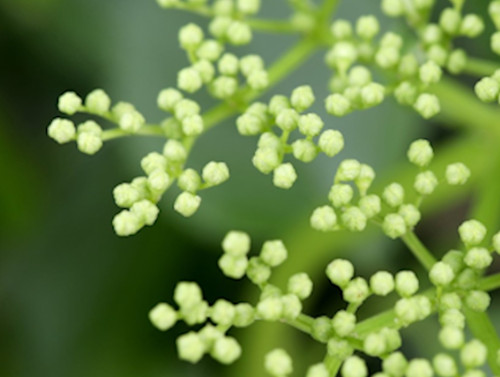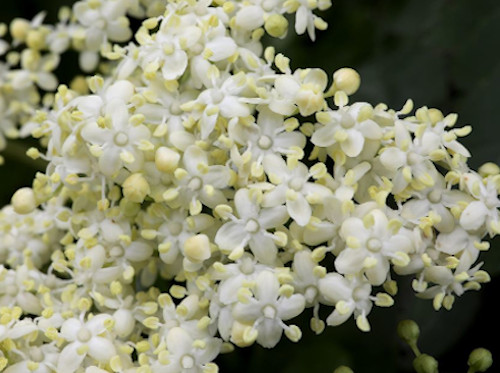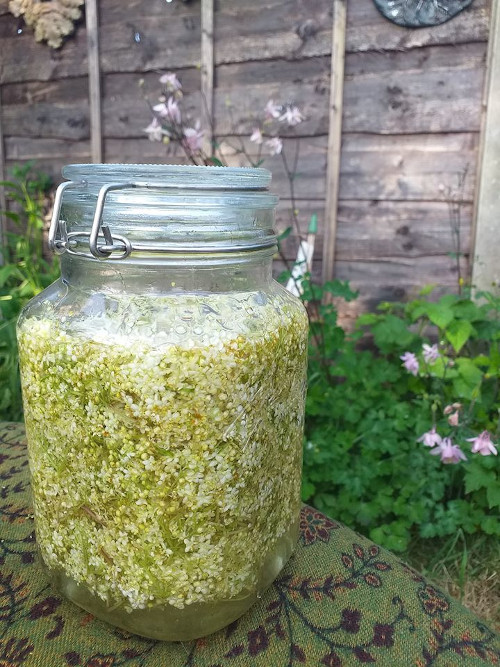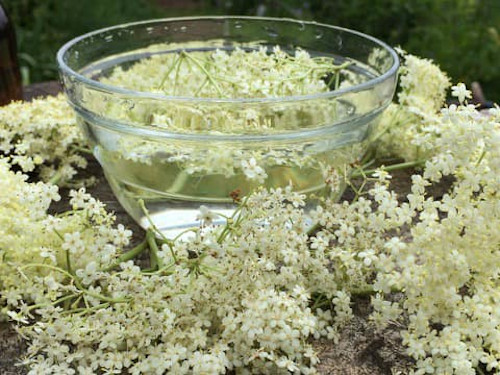Be ‘In-Tune’ with Nature
Krysia Soutar
There is no finer time to be “In Tune’ with nature’s natural processes than when giving birth.
In a previous article, I mentioned the importance of providing a safe and nurturing environment for the care of the pregnant mother and the newborn baby. Recent research has now confirmed how critical this time is for the development of the baby’s immune system.
During the natural process of birth, the mother passes on to the baby a diverse culture of microbes that will help the baby’s immature immune system to grow and thrive. Nature in its wonderful way provides the right time and the right environment for this to happen. This population of helpful bacteria, along with other processes including breastfeeding, helps to seed the baby’s immune system, protecting the newborn from disease for its entire lifetime.
The documentary film Microbirth is a 60min documentary looking at the latest scientific research about the microscopic events happening during childbirth and how these can have lifelong consequences, for our*selves, our children and our species as a whole. The implications are profound. If we allow nature to follow her own patterns, the health of our children and future generations will be given the best chance to develop strong immune systems.
I have been considering this with Permaculture Design in mind.
Problem
Research shows evidence of loss of diversity of ancient human microbiome, resulting in weakening of the human immune system with subsequent deterioration in human health. This starts at birth.
Some Observations
- Increase in Caesarian Section procedures
- Increase in childhood health problems
- Increase in neurological problems with infants
- Increase in respiratory problems
- Increase in gut problems
- Long term behavioural mental health problems
- Long term over-use of antibiotics has damaged our microbial life forms.
Some design strategies and possible solutions
-
Change the environment to support the mother and baby at birth to ensure microbial seeding can take place during the birthing process and subsequently via breastfeeding.
-
Inform and educate about ‘microbirth’
-
Change our behaviour - stop harming our microbial eco-systems.
-
Change our way of life to support and feed the life within us. (This means informing ourselves of the things which harm our microbial diversity). Implement ‘way of life’ design strategies to regenerate our immune system as far as possible.
There is a book that is a good source for this: The Microbiome Effect: How your Baby’s Birth Affects Their Future Health by Toni Harman & Alex Wakeford
Krysia Soutar, CertEd, has the Diploma in Applied Permaculture Design and has a qualification in Midwifery from Scotland. She is now retired but maintains an interest in neonatal development and childbirth and likes to keep up with the emerging research. She is currently studying ‘ The infant Microbiome and Epigenetics ‘ with the Microbirth School.
 |
| Krysia in her midwife days |
 |
Herbalism in Early Summer
Edwina Hodkinson
As a Herbalist I love this time of the year. I’m out on the lanes most days swinging my basket, taking advantage of the warm dry weather, and enjoying the abundance of wild food and medicine. Due to Lockdown, I also find I now have more time on my hands, making the most of it all. I have never been so busy harvesting, drying herbs, making infused oils, creams and tinctures.
Harvesting locally, I’m used to what grows here and where to find things. I work with the seasons and know the natural order of when plants are ready to harvest and what works best in which type of medicine. Each year I still feel the excitement rise when trees blossom, the plants look lush and I can fill my basket taking it back to the kitchen for a frenzy of medicine making.
One of my early summer favourites is Elder blossom. The Elder tree grows in abundance where I live. It lines the county lanes and up on the moors north of Bury there are a couple of large solitary trees that grow protected by derelict cottages and tucked into hidden places. The Elder tree can also be found in country parks, wastelands, by rivers, woods, and in gardens.
 |
 |
 |
 |
Native to Britain, the Elder is a small tree that is considered to be one of our most important medicines, and was once revered by our ancestors. It was considered to be the complete medicine chest of the country people, as all parts of it can be used medicinally. It also has a wealth of folklore attached to it. The Elder tree even has its own deity; The Elder mother and she has to be asked for consent before any part of her is taken, and to do so comes with a risk. Gypsies believed that if you burnt her wood someone in your family would die soon after.
The Elder has always been associated with witches due to its magic and healing properties. The name Elder in old English means “fire” as tubes made from removing the pith from Elder Branches were used to blow on newly made fires. Some people think that the word was related to the healing properties of the Elderflower in lowering the 'fire' of fever.
All parts of the Elder can be used; The leaves are used externally for cuts and bruises, as well as the blossom. The berries are a good antiviral and I like to use them to make and elderberry syrup in autumn. Our ancestors also used the bark and root for their purging qualities but these are no longer used by herbalists today.
The Elder blossoms in June or July depending on the season and where it grows. The blossoms are creamy white and grow in clusters on flower heads that either smell exquisitely fragrant or of cat pee depending on the tree and time of harvesting.
 |
| Elderflower glycerite |
 |
The blossoms come into bloom at the peak of hay fever season and along with nettle and plantain are a great herb for reducing inflammation and congestion in the upper respiratory tract that comes with hay fever, breaking up catarrh and removing mucus from the body and reducing the rhinitis. The flowers are also antimicrobial and decongestant, being mildly relaxing and good for clearing away the heat and irritation of coughs. Elderflower is also good for summer colds and is a classic remedy for fevers especially combined with yarrow and peppermint. When drunk as a hot tea it encourages sweating and can help break a fever. The flower opens up blood vessels near the skin, and clears the body promoting perspiration and urination. It is best for fevers where the person feels hot, dry, agitated and isn’t sweating. Used at the onset of a cold or flu it helps shorten the duration of the illness. Whilst a hot tea can promote the sweating that can cool a fever a cold tea can reduce the hot sweats and flushes of menopause. I love the way that many plants can sometimes have opposing actions on the body depending on how you prepare them.
The blossoms are also a great digestive tonic, protecting against inflammation and irritation of the gut , particularly if it is related to stress. Elderflower is great for heartburn, gastritis, indigestion, diarrhoea, colic and wind. I have also used the Elderflower for people suffering with the digestive irritation that comes with chemotherapy.
Taken as a tea, tincture or even as a cordial Elderflower is relaxing and calming for the nervous system and great for some of the tension, anxiety, stress and depression that comes with modern lifestyles. It can also help with sleep, and legends say that if you fall asleep under an elder tree you can wake up to find yourself in the faery realms..
 |
 |
When used on the skin a cold infusion of Elderflowers can be cooling on hot irritated skin, rashes, chapped or cracked skin. As a well filtered tea or in a distilled water it is excellent for sore eyes. Elderflower can be used in a tea fresh or dried. I like to dry as much as I can in a dehydrator and store it for making healing teas over winter, I also like to tincture it in Vodka and add the berries in autumn to make a potent medicine for winter colds and flu.
Elder flower and berry tincture. Pack a 2 litre jar with fresh elderflowers. Cover with a litre of vodka making sure all the flowers are submerged all the time. The flowers will go quite dark at the top. Keep in a cool dark place until September. Strain and compost the used plant material, saving the elderflower infused vodka. Now called a tincture. Now de-stalk the ripe elderberries and put in the jar. Covering with the elderflower tincture and making sure all the elderberries are under the alcohol. Leave for a month in a dark place. Strain squeezing out all the infused vodka and compost the used elderberries. Put the elderflower and elderberry tincture in a bottle and label.
Take 5 mls three times a day at the onset of cold and flu symptoms.
Edwina Hodkinson BSc(Hons) is a qualified medical herbalist and is a member of the National Institute of Herbal Medicine (MIMH)
 |
| Online courses with Edwina |
 |